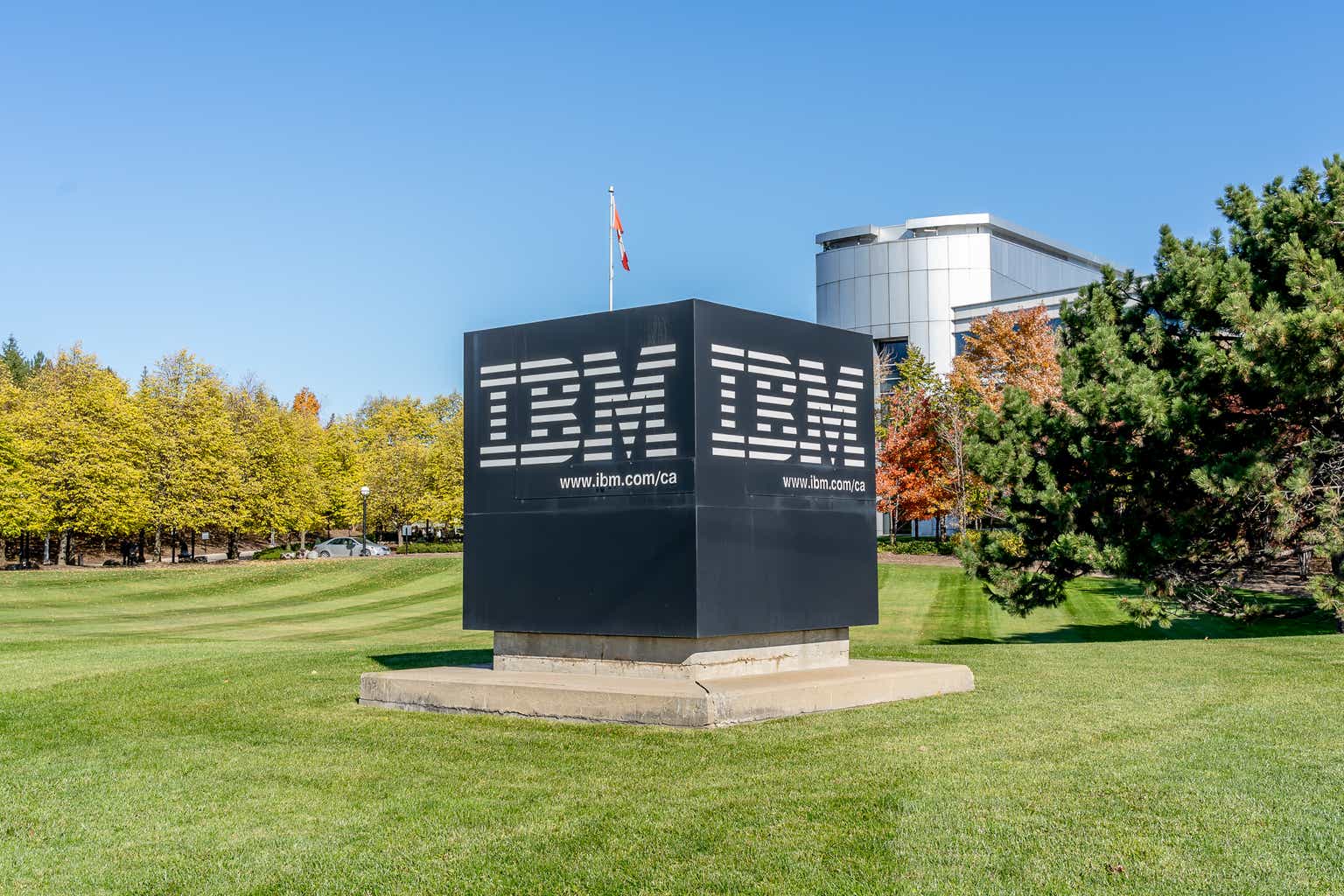Wutthinan Yosmadee/iStock via Getty Images
Outside of its legitimate function, government does nothing as well or economically as the private sector. – Former U.S. President Ronald Reagan
Last month, business leaders gathered at Yale’s biannual CEO Caucus, a closed-door forum designed to elicit candid discussion on policy and the economy. There, the Yale School of Management surveyed dozens of CEOs on the current administration’s approach to tariffs, monetary policy, and other matters. The results were striking to us:
- 70% said the administration’s tariff scheme has harmed their businesses.
- 80% said pressuring the Federal Reserve to cut rates is not in the country’s best interest.
- 70% said the administration is “giving in” to China on the proposed TikTok deal; 80% judged the deal an outright threat to national security.
Because the anonymity of the survey encourages frankness, it offers us an unusually clear view of what CEOs are seeing from the driver’s seat. It also captures a dynamic we have been watching for some time: What does it mean when a president from the traditionally pro-business party falls out of alignment with the business community itself?
We alluded to this last month, but we largely view the private sector as a kind of “customer” of the public sector, at least in economic terms. Government’s role is not to run businesses, nor to pick winners and losers, but to cultivate and maintain the conditions in which American businesses can plan, invest, hire, and grow. When those private sector “customers” consistently report poor service, the service provider has, or should have, an obligation to listen and improve.
In this context, the Yale results read like any other service survey. These customers, however, are CEOs who see policy unpredictability and avoidable costs as hurting their companies. If tariffs, ad-hoc regulatory actions (like the FCC putting pressure on private operators), immigration restrictions and changes (like increasing the cost of H1B visas), and other public pressure campaigns against independent institutions are becoming standard operating procedure, it affects how CEOs can and should make day-to-day decisions around pricing, inventory, capex, and hiring. All of that will ultimately and inevitably filter down to growth, margins, and valuation.
Note that a big part of the problem here isn’t the policy per se; it’s policy formulation without consultation. We made this point previously in the context of the “Liberation Day” tariffs and how the tariff scheme was designed and implemented without serious consultation with the private sector. Companies like Walmart (WMT) (WMT) and Amazon (AMZN) (AMZN), for example, can tell us, almost in real time and down to the dollar, how consumers are spending, how substitution patterns are shifting, and where supply chains are strained. Why weren’t they consulted for their insights? To bypass, ignore, or merely posture at this expertise is to handicap policy before it starts.
Instead, we see a growing inclination by the Trump Administration to dictate to the private sector. In some cases, they are running interference in ways that blur the lines between capitalism and socialism and sometimes are even going so far as to try to pick winners and losers using the regulatory state. As hedge fund billionaire and Republican donor Ken Griffin put it: “When the state becomes involved in picking winners and losers, there’s only one way this game ends: All of us lose. The core competency [for business leaders] won’t be that you can drive innovation. It’s that you can drive the right favors from D.C.”
“But Markets Look Fine…”
These concerns might seem at odds with relatively steady headline markets. Since this year’s low point right after the ‘Liberation Day’ announcement, the stock market has continued to grow month after month. (Or, as Goldman Sachs (GS) put it last month: “Goldilocks continues to escape the bears.”)
How can tariffs et al. be causing problems when the biggest measure of economic health continues chugging along just fine?
Part of the disconnect is timing. It just takes time for the impact of these policies to cycle through the market. Well-run businesses can absorb a fair amount of friction like higher input costs and supply chain disruption for quite a while. But no one can outrun compounding uncertainty and rising costs indefinitely. Eventually:
Take a small importer heavily exposed to newly tariffed inputs. A cash buffer thanks to smart capitalization might carry them for a quarter or a few; they can hold price temporarily, lean on supplier goodwill, and cut discretionary spend. At some point, though, simple math wins: the firm either raises prices (risking demand), eats the costs (risking solvency), or exits lines of business (reducing growth). Some businesses will simply have to close their doors.
At the other end of the spectrum, giants like Walmart and Amazon have the scale to absorb considerably more disruption but even they will be subject to same underlying dynamic. In other words, they may not be at the same risk of something like insolvency, but even they must make progressively more difficult tradeoffs, like reallocating capital away from innovation or growth into risk mitigation or passing along costs to consumers that ultimately show up as lower real purchasing power or lower returns on invested capital. Whether firms hide or pass through the costs, the economy will necessarily absorb them somewhere. The system can hold a surprising amount of strain, until it can’t.
So Where To From Here?
We have described courts and credit markets as partial guardrails. They are, and we continue to have confidence they (especially credit markets) will react to the worst excesses, but they are admittedly imperfect solutions. Courts move slowly, and interim uncertainty is costly on its own. In addition, recent Supreme Court decisions have, on balance, been favorable to the administration. The only major exception is temporarily blocking Trump’s attempt to fire Fed Governor Lisa Cook.
And credit markets can go both ways. They can discipline excessive risk-taking, but they can also endorse it for quite a while.
Right now, all we can hope is that Trump’s economic advisors understand the need to work with the private sector and are listening to its leaders, like the CEOs who attended the Yale event.
All That Said, Credit Where Due…
Shifting gears, not every policy proposal from the administration is counterproductive, and we shouldn’t dismiss the productive ones just because they are issued alongside bad or questionable decisions.
One we view constructively is the suggestion to reduce the frequency of mandatory public reporting from quarterly to semiannual. The quarterly cadence fuels volatility, encourages short-termism, and diverts resources toward “meeting the quarter” rather than building sustainable value. A slower cadence could:
- Temper the trading-driven “bounciness” that advantages Wall Street transaction volume over value-driven investment discipline.
- Give management teams more time to test and pursue promising initiatives without an artificial three-month clock limiting their runway and forcing them into short-term thinking.
- Reduce reporting overhead, freeing resources for higher-return work.
If pursued thoughtfully (with appropriate interim disclosures for material events), this is the sort of process reform that could nudge the system toward long-term value creation rather than over-reactivity and short-termism.
Our Own Positioning
Ultimately, for all that we need to understand the political landscape these days, our job is not to handicap every political move. It is to allocate your capital to businesses with durable cash flows, balance sheet strength, rational capital allocation, and clear competitive moats. Markets will incorporate the effects of policies like tariffs and other policy changes one way or another; we continue to target, on your behalf, the businesses that are best positioned to successfully adapt to a range of effects.
On Our Desk
A few recent pieces we recommend:
- Article: Stratechery’s take on YouTube: A compelling argument that YouTube is “the tip of the Google (GOOG, GOOGL) spear.” The essay details how YouTube’s scale, dominant market share, and forward-looking product development is not only ahead of competitors in streaming but also as a linchpin in Google’s broader monetization and platform strategy.
- Book: InEVitable by Mike Colias: A clear, engaging view of the auto industry’s “inevitable” and accelerating electric transition. Our own research continues to suggest that EV penetration will rise meaningfully over the next cycle, and we continue to see firms like Rivian (RIVN), a relatively recent addition to our portfolio, as well positioned to capitalize on that shift.
- Video: Richard Reeves on “The Male Inequality Problem” (via The Big Think): This is off our usual beat, but worth a mention. Reeves, a Brookings Institute senior fellow, tackles the ways in which a rapidly changing world is leaving young men behind in areas like educational attainment, mental health, and what he has called the “friendship recession.” He does so entirely without culture-war framing or misogynistic rhetoric. It’s thoughtful social science and, for some of us as parents of boys, of personal interest.
A Closing Note on the Shutdown
As we write, we are still digesting the facts surrounding the government shutdown. For our purposes here, we will simply observe that it represents another instance of the public sector failing to meet the needs of its constituencies, including the private sector. We may have more to say next month as the facts settle.
With warm regards,
Glenn Surowiec
|
© GDS Investments. All rights reserved. The information provided in the accompanying materials by GDS Investments, LLC is for informational purposes only. It should not be considered financial advice. You should consult with a financial professional to determine what may be best for your individual needs. GDS Investments, LLC does not make any guarantee or other promise as to any results that may be obtained from using our content. No one should make any investment decision without first consulting his or her own financial advisor and conducting his or her own research and due diligence. To the maximum extent permitted by law, GDS Investments, LLC disclaims any and all liability in the event any information, commentary, analysis, opinions, advice and/or recommendations prove to be inaccurate, incomplete or unreliable, or result in any investment or other losses. Content contained on or made available through the website is not intended to and does not constitute investment advice and no business relationship is formed. Your use of the information on our website, in our materials, or in materials linked from the web, is at your own risk. |
Editor’s Note: The summary bullets for this article were chosen by Seeking Alpha editors.















